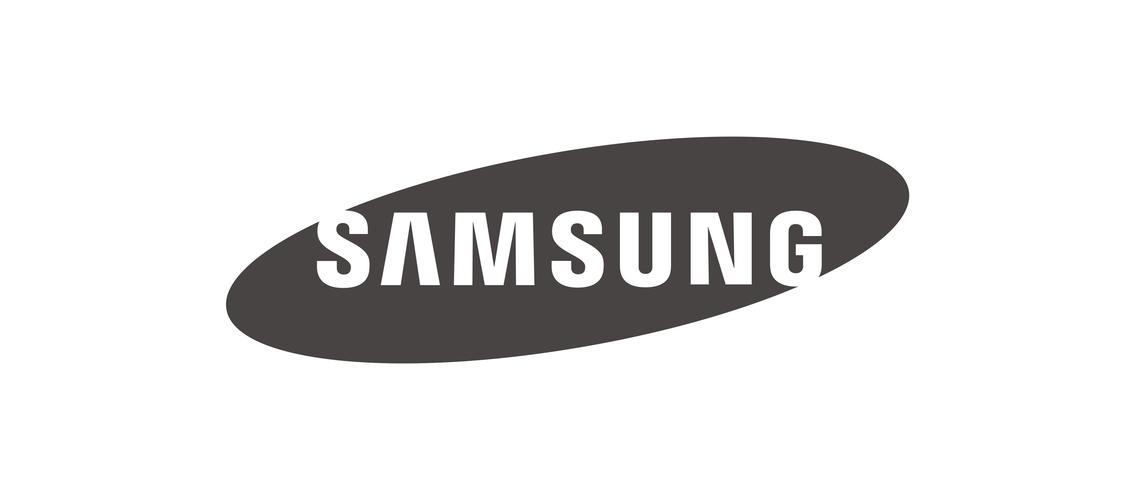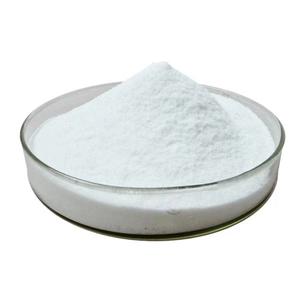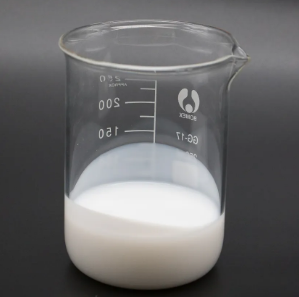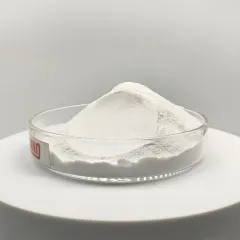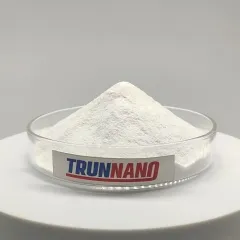Intro to Nano Silicon Dioxide: A Crucial Nanomaterial for Advanced Technologies
Nano silicon dioxide (nano-SiO ₂), likewise referred to as nanosilica, has actually become a keystone product in contemporary scientific research and design due to its extraordinary physicochemical residential or commercial properties. With bit dimensions commonly listed below 100 nanometers, nano-SiO ₂ shows high surface, thermal stability, mechanical stamina, and tunable sensitivity. These characteristics make it crucial throughout a broad range of sectors– from electronics and medication to building and construction and power storage space. As nanotechnology continues to develop, nano-SiO ₂ is playing a significantly crucial role in enabling next-generation materials and gadgets with improved efficiency and sustainability.
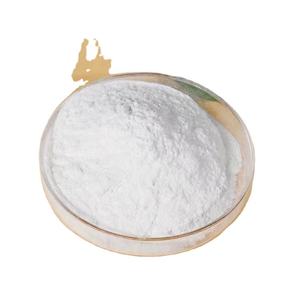
(Nano Silicon Dioxide)
Architectural Attributes and Synthesis Techniques
Nano silicon dioxide exists in numerous morphologies including spherical bits, mesoporous structures, and core-shell setups, each offering distinct practical advantages. It is manufactured through approaches such as sol-gel handling, chemical vapor condensation, fire pyrolysis, and rainfall from silica forerunners like tetraethyl orthosilicate (TEOS). Surface area adjustment strategies– such as silanization– are typically used to improve dispersibility and compatibility with organic matrices. Specific control over fragment dimension, porosity, and surface area chemistry enables customized applications in coatings, composites, drug distribution systems, and digital elements.
Functional Duties in Product Support and Compound Engineering
One of one of the most impactful uses nano-SiO ₂ hinges on composite materials, where it serves as an enhancing agent to improve mechanical strength, hardness, and abrasion resistance. When integrated into polymers, porcelains, or steels, nano-SiO ₂ improves tons transfer between phases, minimizes fracture proliferation, and boosts wear resistance. In epoxy materials and rubber compounds, it enhances tensile toughness and thermal security. Furthermore, nano-SiO ₂ is utilized in self-cleaning surfaces and anti-fouling coverings as a result of its hydrophilic nature and photocatalytic activity under UV exposure. These abilities are driving innovation in aerospace, auto, and aquatic industries.
Applications in Electronics and Semiconductor Modern Technology
In the electronics market, nano silicon dioxide plays a twin duty as both a structural and practical material. It works as a gateway dielectric in thin-film transistors and as a passivation layer in semiconductor devices because of its superb protecting residential or commercial properties and compatibility with silicon substratums. In microelectromechanical systems (MEMS) and nanoelectronics, nano-SiO ₂ is used in insulation layers, interconnects, and sensing unit components. In addition, its capability to be formed at the nanoscale sustains developments in photonic crystals, quantum dots, and incorporated optical circuits. These applications emphasize its importance in miniaturized, high-performance electronic systems.
Contributions to Biomedical and Drug Innovations
Nano-SiO ₂ has actually located significant application in biomedicine, especially in medicine shipment, diagnostics, and imaging. Its high area permits reliable loading of healing agents, while surface area functionalization allows targeted release devices. Mesoporous silica nanoparticles (MSNs), a subclass of nano-SiO two, are commonly studied for controlled medicine delivery and genetics therapy because of their consistent pore structures and biocompatibility. Furthermore, nano-SiO two is utilized in biosensors, dental compounds, and antimicrobial coverings. Continuous research concentrates on boosting biodegradability and reducing long-lasting poisoning to ensure safe professional implementation.
Function in Lasting Energy and Environmental Technologies
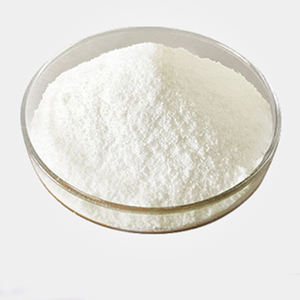
( Nano Silicon Dioxide)
The energy and environmental sectors are leveraging nano-SiO two for enhanced battery performance, solar battery performance, and pollution reduction. In lithium-ion batteries, nano-SiO ₂ is made use of as a binder and conductive additive to stabilize silicon-based anodes, which suffer from volume expansion during cycling. It additionally boosts electrolyte security and charge-discharge performance. In photovoltaics, nano-SiO two functions as an antireflective covering and encapsulation product to shield solar cells from dampness and destruction. Furthermore, it is used in catalysis and filtering membrane layers for carbon monoxide two capture, water filtration, and air high quality renovation, aligning with international sustainability goals.
Market Trends and Industrial Fostering Characteristics
The international market for nano silicon dioxide is experiencing robust development, driven by boosting need from electronics, healthcare, and advanced production industries. Key players are spending greatly in scalable manufacturing technologies and surface-engineered variations to meet application-specific requirements. Asia-Pacific leads in production ability, followed carefully by The United States and Canada and Europe. Nevertheless, obstacles stay pertaining to cost-effectiveness, regulatory conformity, and reproducibility of material residential or commercial properties. Strategic cooperations in between academic community, sector, and federal government agencies are speeding up standardization efforts and business fostering.
Obstacles and Toxicity Considerations
Regardless of its extensive usage, nano-SiO ₂ presents particular health and wellness and environmental problems that require careful assessment. Inhalation of great particulates might posture breathing risks, demanding strict managing procedures and work precaution. Long-term biocompatibility studies are recurring, especially for biomedical applications. From an industrial viewpoint, heap issues and dispersion security in complex matrices can influence performance consistency. Resolving these difficulties involves enhancing fragment morphology, developing safer-by-design approaches, and executing lifecycle assessments to make certain accountable use throughout fields.
Future Outlook: Integration with AI, Quantum, and Smart Equipment
Looking ahead, nano silicon dioxide is positioned to play a critical role in emerging technological frontiers. Developments in fabricated intelligence-driven materials exploration will increase the design of nano-SiO ₂-based composites with maximized homes. Integration with quantum computing styles– where SiO ₂ works as an ultra-pure dielectric– is opening up new pathways in qubit stabilization. Furthermore, smart products including receptive nano-SiO ₂ layers are being created for adaptive optics, self-healing layers, and real-time architectural tracking systems. As nanotechnology merges with digital and lasting advancement goals, nano-SiO ₂ will continue to be a key enabler of high-tech innovation.
TRUNNANO is a supplier of Nano Silicon Dioxide with over 12 years of experience in nano-building energy conservation and nanotechnology development. It accepts payment via Credit Card, T/T, West Union and Paypal. Trunnano will ship the goods to customers overseas through FedEx, DHL, by air, or by sea. If you want to know more about Nano Silicon Dioxide, please feel free to contact us and send an inquiry(sales5@nanotrun.com).
Tags:silicon dioxide nanopowder,nano silicon dioxide,sio2 gel
All articles and pictures are from the Internet. If there are any copyright issues, please contact us in time to delete.
Inquiry us
